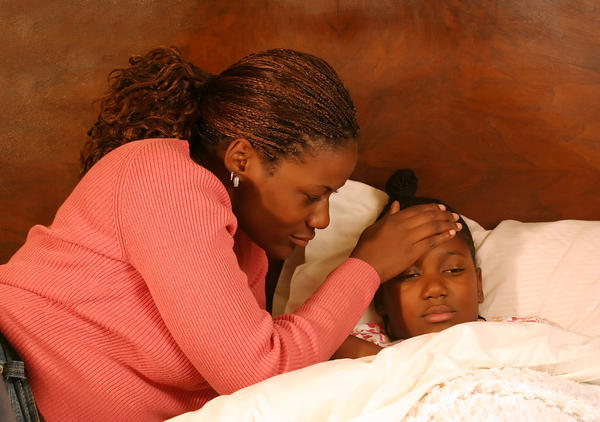Your little one has probably come to you with hands wrapped around the waist while crying, “My tummy hurts!” Abdominal pain has many different characteristics — it can be dull, sharp, or crampy — and doctors judge severity based on when children stop playing and on how their eating and bowel habits change. “Tummy aches are extremely common in children, especially around the ages of four to eight,” says Deborah Lonzer, M.D., a pediatrician and the Chair of the Department of Community Pediatrics for the Cleveland Clinic lying down should relieve some of the pain, says Robyn Strosaker, M.D., a pediatrician at the Rainbow Babies & Children’s Hospital in Cleveland. The reason: “Heat increases the blood flow to the skin surface, which can diminish the perception of pain coming from deeper in the abdomen,” she explains.
Rub the Foot, Using Reflexology
“There are thousands of nerves in the feet and hands that, when specific techniques are applied, can cause the entire body to relax and feel calmer,” says Laura Norman, a reflexology practitioner and author of Feet First: A Guide to Food Reflexology. The tummy region corresponds with the center arch of the left foot. Using a reflexology technique, hold your child’s left foot with the palm of your right hand and with your left hand under the ball of the foot, apply a steady, even pressure with your thumb.
Use a forward, caterpillar-like motion (press one spot, move a little forward, and repeat) to go across the foot. Switch hands and repeat from right to left, with the thumb of your right hand, and continue until you cover the center of the arch. “The child will respond positively to her mom’s loving touch, the parent feels wonderful for being able to help their child, and the parent-child connection is strengthened,” Norman adds.
Serve Bland Foods
If your child still has an appetite despite the tummy ache, let him eat small amounts of plain foods, like toast, pasta, oatmeal, yogurt, rice, and applesauce. Avoid sauces, condiments, or seasonings. “Bland foods are less irritating to the stomach and more easily digested than spicy or greasy foods,” says Dr. Strosaker. “These foods are not only less likely to induce vomiting, but they will help the gastrointestinal (GI) tract return to normal function more quickly.”
Snack on Yogurt
Yogurt is effective for basic tummy cramps, and it’s a popular healing food for diarrhea, Dr. Sears says. “Normally, ‘good’ bacteria live in your intestines that help with digestion,” he explains. “If you have an intestinal virus or diarrhea, good bacteria can get flushed out, which can prolong the duration of the symptoms.” Eating yogurt with live cultures provides the active bacteria that can help get digestion back to normal, especially if your little one is going to the bathroom too often.
Follow the CRAP Diet
Is your child’s tummy hurting because of constipation? Michael Roizen, M.D., co-author of YOU: Raising Your Child, along with his colleagues Ellen Rome, M.D., and Mehmet Oz, M.D., came up with an easy (and memorable!) acronym to remember how to help your kid. “Appropriately named the CRAP diet, it stands for fruits with fiber that can act to naturally ‘loosen things up’: cherries, raisins, apricots, and prunes,” says Dr. Roizen. If your school-age child is getting less than five servings of fruit a day, give her a half cup of any of these fruits, three to five times a day. “For kids under four, it’s smart to puree these foods to decrease the risk of choking,” he adds. Toddlers should be eating a half cup.
Encourage Outdoor Activities
If your child is suffering from constipation, Dr. Roizen says it’s the perfect time to hit the playground. “Physical activity can aid movement through the GI tract, whereas lying in bed can actually induce constipation,” he explains. “And while this treatment is less scientific-mechanism-based than others, it works!” Acceptable activities include walking, moderate running, playing outside, or playing an “active” Wii game. Advise your child to hold off on the more “tummy turning” activities, such as twirling, hanging on the monkey bars, and doing cartwheels.
Know When to Seek Help
Home remedies can work wonders, but it’s necessary to know when it’s time to call the doctor. Dr. Lonzer says that pain around the belly button is often the least concern. “Loss of appetite is more serious and would concern me after a few days,” she adds. “Constipation should be addressed within a week if a change in diet is not helping.” As a general rule, if your child is vomiting, has a fever, has blood in his stool, is not thriving, or looks worn-out all the time, it’s best to take him to the pediatrician.
via Parents.com





